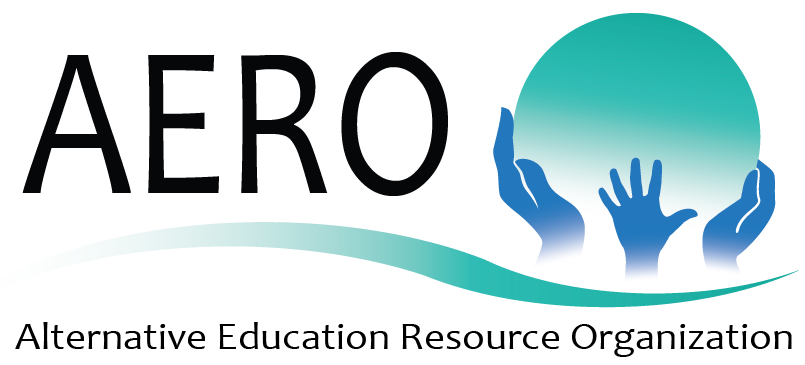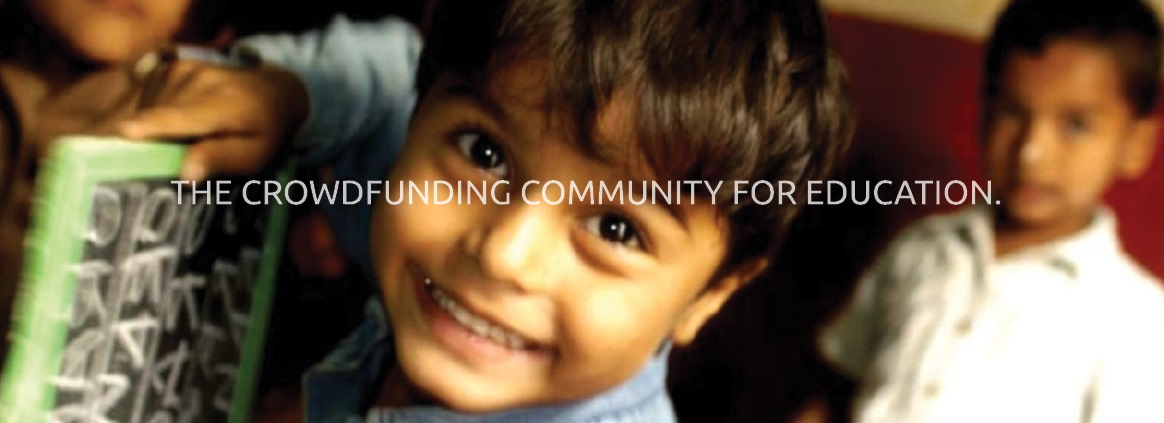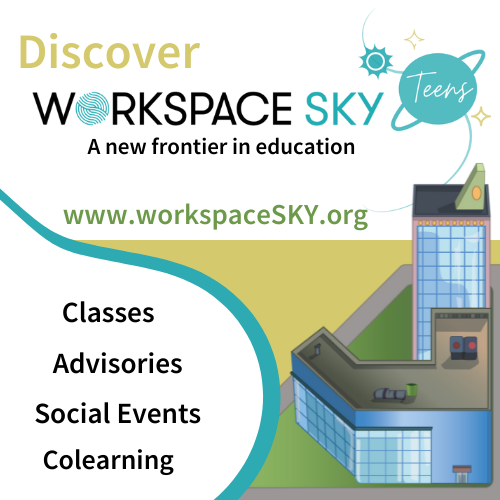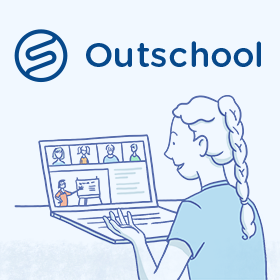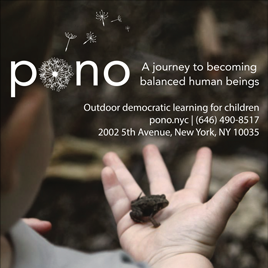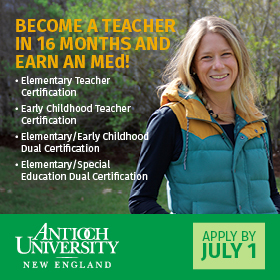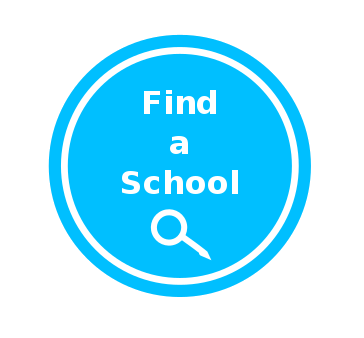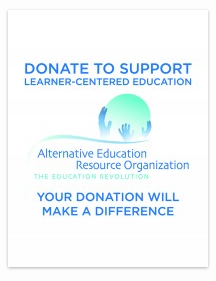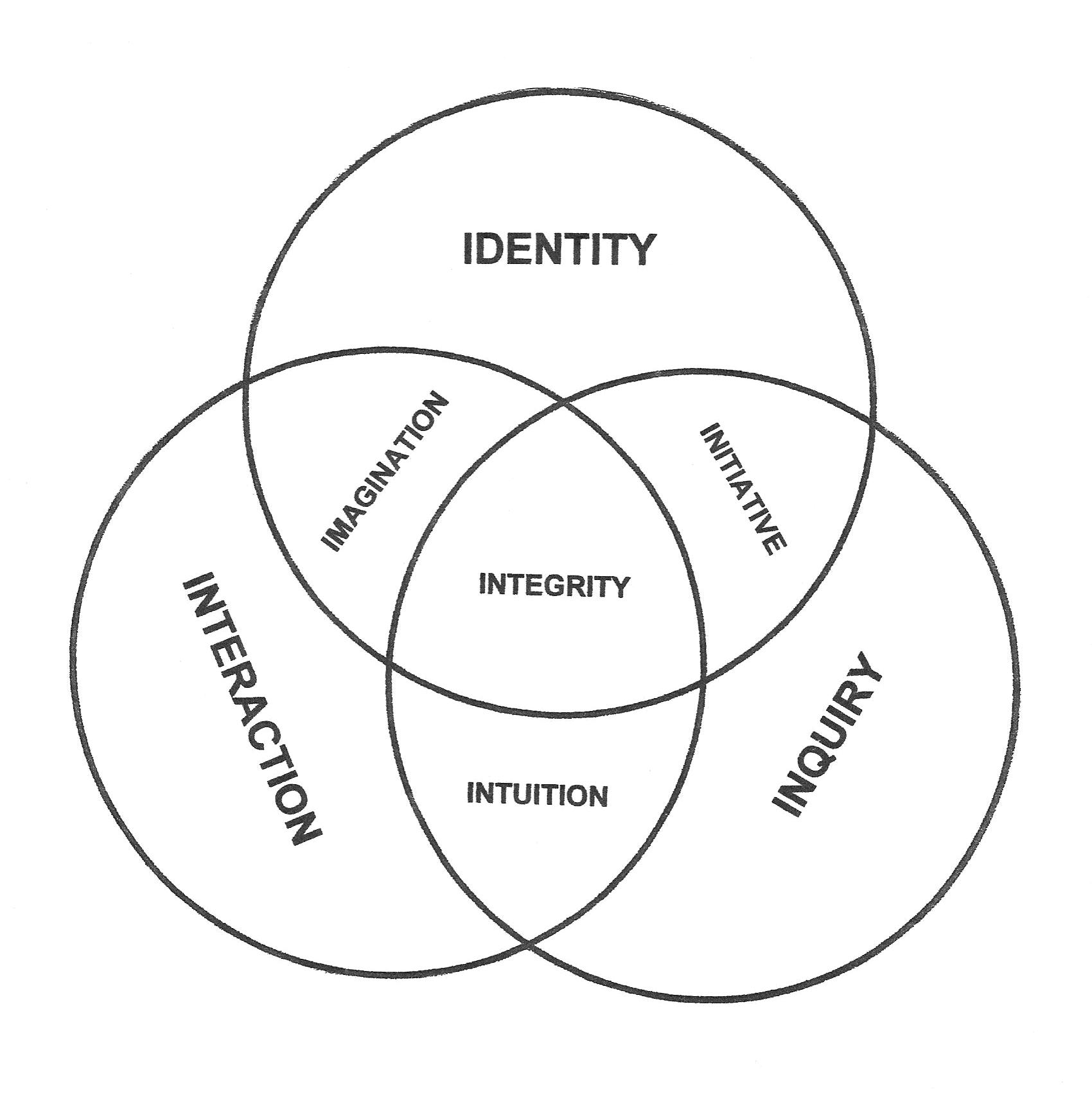
by Anthony Dallmann-Jones Phd and Lynn Stoddard
“Everybody is a genius! But if you judge a fish by its ability to climb a tree, it will live its whole life believing that it is stupid.” -Einstein
Every child is a genius! There we have said it: The Biggest Secret repressed and denied by our society. Question: Why would anyone want to keep such a wonderful thing like that a secret? Perhaps if we imagine the following scenario for a few seconds we can answer our own question: Consider the prospect of teaching 25 or 30 kids all year who are smarter than you are, or administering a school of 1,000 children, each more talented than the administrator. That would easily create a reason for the subconscious mind to put on blinders.
But, let us assume that after eating a bit of humble pie, you as a teacher do finally come to accept the fact that the kids may be smarter and/or more talented than their teacher in many ways.
Then you get hit with The 2nd Secret: Each child may be smarter or more talented than all the others! What? Is that possible?
Then, without mercy, comes Secret #3: Each child is a genius in their own way but different from one another.
The implications of these three secrets for our schools admittedly are nothing short of formidable. So much so that few educators or the politicians who institute educational legislation would allow themselves to admit them, much less consider implementing changes based on them. In order to bring these secrets into light you will need to show them to policy makers who have a willingness to admit the truth of these secrets and encourage them to initiate support for starting programs that will implement them.
We feel sorry for educators (and we are educators! :-) because where does this leave us if we admit these three secrets? Where/How to begin the changes needed to accommodate the true genius of every child? Well, hold on: Is it not true that out of challenge comes opportunity? And then, just as you wonder how in the world something like these three secrets could be implemented, out of relative obscurity comes a little known philosophy that shows promise for transforming public education in America .
The philosophy is called “Educating for Human Greatness.” It differs from conventional education in several significant ways, not the least of which is extraordinary student accomplishment. And it gladly embraces The Three Secrets. Wouldn’t every parent (and we grandparents as well) love to see the innate genius of children flourish instead of being squashed into standardized molds?
Imagine
Can you imagine a school that gives almost no teacher-assigned home “work” but where students engage in much self-chosen home “study?”
Can you imagine a school that deliberately and purposefully aims to develop each child’s unique talents, gifts, interests and abilities
Can you imagine a school where each student learns to read naturally, at his or her own time and pace, without commercial programs or high-pressure instruction and testing – a school where students choose to spend much time reading about the things in which they are interested – a school that provides time to read and a great variety of reading materials?
Can you imagine a school where teachers are honored, respected and allowed to practice their craft of guiding children toward their genius – a school where parents and other primary care givers are involved as full partners?
When you walk up to an Educating for Greatness School , the first thing you notice is a large banner across the front entrance that says, “GROWING GREATNESS.” Then, the minute you step through the front door, you can sense something unusual. Next to the office you see a large poster with the following:
EDUCATING FOR HUMAN GREATNESS

The Mission of Educating for Human Greatness: Help students discover and develop their unique purposes for existing to be special contributors to society.
Main Priorities/goals of this school:
We use an endless variety of subjects to help each student grow and achieve in the following powers of human genius:
Identity – We value student differences and help each student develop a unique set of talents, gifts, and abilities.
Inquiry – We expand curiosity and develop the power to ask great questions.
Interaction – We develop leadership, caring, cooperation, and communication.
Initiative – We help students develop the power of will to pursue projects with passion.
Imagination – We use the arts and other disciplines to develop creativity.
Intuition – We develop the power to sense truth with the heart.
Integrity – We nurture honesty, respect and responsibility for self and toward others.
Near the office of the school is a large mail-drop box and a steady stream of students coming to mail their letters. You stop a child to ask, “What are you doing?”
“I’m mailing a letter to my friend in another class.”
“Did your teacher assign you to write a letter?”
“Oh, No. We write lots of letters to others in the school and some pen pals far away. I have one pen pal in Germany , another one in Australia and lots here in the school.”
“Without being assigned to do it? Why?”
“Because it’s fun, we learn a lot and we help younger students learn how to read and write.” And off she goes, skipping down the hallway. You later learn that “mail time” is a big thing in each class each day and some students spend much time writing letters. Mail delivery is accomplished each morning by a rotating crew of student volunteers.
This first encounter with an Educating for Greatness student is your basic introduction to teacher-guided, student self-chosen learning – a kind of activity that pervades much of the day in this remarkable school.
As you walk down the hall, you notice posters made by the students, each depicting one of the seven powers of human greatness. One has IMAGINATION across the top and a large drawing of a boy’s head surrounded by pictures of futuristic aircraft, automobiles, trains, ships, a man running, a doctor seemingly operating with a laser, a student examining something with a magnifying lens and a farmer raising extra tall corn. Underneath the pictures are the words. “Brainstorm to Create New Ideas.” Another poster, INTERACTION, shows a group of children holding hands in a circle, with the words, “Love and Respect Change Everything.”
Further along the hall you see a long poster called, “THE GREAT BRAIN HALL OF FAME,” on which is posted dozens of head photos of students with the title of each person’s project(s) and the level of great brain achievement, “specialist,” “expert,” “mastermind,” or “genius.” As you walk along, two boys and a girl in a wheelchair are talking about one of the students on the “Hall of Fame” poster. You slow your step to eavesdrop.
“Look, Mathew achieved Genius level for his project on the Legislature.”
“Yes, I know. I went to hear him give his presentation.”
“Was it good?
“It was great! He certainly knows a lot about how laws are made. Maybe he’ll run for governor some day.” (giggle)
“That’s a joke. He’s too fat for that.”
“Randy, you mustn’t talk like that. Mathew’s a good kid.”
“Susan, How are you coming with your project on butterflies?”
“OK, but I haven’t been able to catch very many different kinds yet. I move too slow in my wheel chair. And I’m still not sure I’ve asked the right questions.”
“Can I help? We could go out right after school, if you want. And Maybe I can help you think of some brilliant questions. My super brain never stops.” (laugh)
“Cory, your “super brain” is crazy. (giggle)
As you move on down the hall, you come to the first classroom. You enter to find a talent show just getting started with a student acting as mistress of ceremonies. A young lady about 9 or 10 years old introduces the first act — “For the first talent, please welcome Steven Randall, a famous orator, who will give a patriotic speech.” Then Steven tells about his uncle serving in Afghanistan , his cousin, who died in the Iraq war, and goes on with great passion, to tell about the freedoms and standard of living we enjoy in our country and what we should do about it. It is a very moving speech that brings a tear to your eye and a lump in your throat, not merely because of the content, but because a person so young could have and express these kinds of feelings.
You stay for the remainder of the talent show, long enough to see an acrobatics demonstration, a young lady singing “Bring Him Home” from Les Miserables, a student showing his artwork in oils, pastels and watercolors and explaining where he got the ideas and how he did each one. You also enjoy a performance of three boys performing a number with home-made musical instruments and demonstrating how the pitch of sound is altered by changing the length of the vibrating string. The one who explained this said he was doing a Great Brain Project on sound and how it travels. After the talent show, it is recess time and the teacher explains that every class in the school holds a weekly talent show and the outstanding acts are chosen by the students to perform in a quarterly, whole school show. Over a period of time, as students choose from a shopping list of more than 80 different kinds of talents, they begin to learn who they are and what they can do to be contributors to the world. The teacher explains that many students work very hard on their talent presentations and some have tried out several different kinds of talents.
When you enter the next classroom, you see five groups of about 5 or 6 students in each group, working on a math problem. The teacher has provided each group with a small box of rocks (10 or 12 rocks in each box) and challenged them to arrange the rocks in a row from lightest to heaviest. They are to do this without the benefit of a measuring scale, but they may invent their own ways to weigh the rocks. Students must be able to prove their answers. One group found a larger rock that weighed less than some smaller ones — leading to a discussion of volume, mass and how it could be measured. The students were also challenged to see how many different ways they could classify the rocks, by color, texture, hardness, etc. an introduction to igneous, metamorphic and sedimentary.
The Advantages/Results of Educating FOR Human Genius
Because it is difficult for some people to see the difference between what we have just described and what goes on in regular public schools, we would like to point out some key differences and some advantages of aiming to develop human genius.
The first difference, not readily apparent, is how curriculum is used by students, teachers, parents and other care-givers. It is an amazing paradox how it works. Students achieve more in reading, writing, mathematics and other subjects because this is NOT what is aimed for. It is not the primary goal. The basic skills are not taught as ends, in and of themselves, but as a means of fostering student growth in the great powers of human genius: Identity, Inquiry, Interaction, Initiative, Imagination, Intuition and Integrity. Because everyone aims primarily for student growth in the powers of genius, student achievement in basic skills comes as a wonderful bonus. For example, students become better readers because teachers nurture curiosity and the skills of inquiry. Reading is taught as one of the tools of inquiry. One teacher teaches beginning reading by labeling children’s art work with the words each child uses to describe his or her picture – “This is my family,” “This is our dog going after a stick my Dad threw in the lake,” and etc. Children learn to read by reading their own words and the words of others who send them letters in the school post office!
The first priority of Educating for Greatness is Identity. Because every person born on Earth is different from every other person, and was designed by the Creator to be unique, it calls for teachers to help students learn who they are and what they can do. It calls for us to nurture positive human diversity (phd) in every student. When schools and homes unite to nurture student differences there are many advantages over trying to build human uniformity as the “National Common Core Standards” aimed to do.
When teachers and parents unite to find and develop the special genius of each child, it changes the whole paradigm of public education – it transforms the system. The old Stanford Binet IQ Test has led several generations to believe that only a few people have superior intelligence. Because of this, a great many people have lived their whole lives believing that, if not stupid, they are, in many ways, inferior. This is a catastrophe and huge loss for our country because it limits what people can do and what they can become.
Now we know it’s not possible to measure human intelligence numerically. The Binet IQ Test measured no more than eight of over one hundred and forty mental functions that humans posses in trillions of different combinations.
Humans are so different from one another that it’s impossible to compare exceptionalism in one of the many trillions of different mental functions. How can you decide which student is the smartest? – In the same way you decide which snowflake is the most beautiful? After working for many years with a great variety of students we have found that each person is a one-of-a-kind miracle with unlimited potential.
At an International Gathering of Savants in Texas a few years ago we learned that there are many people born with severe mental deficiencies in some areas who are amazingly gifted in other areas. Tony Deblois, blind and autistic, can play any piece of music, classical or otherwise, flawlessly on the piano after hearing it only once. The late Kim Peek of Salt Lake City , memorized phone books and read other books with his left eye reading the left page, while simultaneously, his right eye was reading the right hand page. Others at the conference could add long columns of five or six digits faster in their heads than anyone else could do it on a computer. Others, while nearly blind, produced amazing pieces of sculpture or paintings.
How will education change, if parents and teachers unite to help each child find and develop his or her genius? Here are some of the advantages of switching to EfHG, Educating for Human Greatness, (or Genius):
- Nurturing human differences builds student, teacher and parent self-worth.
- Every Child Can Excel in something.
- Our country is strong because of the great variety of its people, not their standardized uniformity.
- Teachers perform as professionals when they aim to help students grow as individuals. It requires teacher and parent stretching in knowledge and creativity.
- Students thrive when they are treated as individuals, each with unlimited potential.
- Parents are meaningfully involved as partners aiming for the same goals as teachers and students.
- Students love school because they can follow their own interests and projects. They do not drop out.
- Cooperation rather than competition results in students treating one another with respect and kindness.
- When students value differences it changes the way they treat one another. Bullying is eliminated.
- Students learn more, in a deeper way, when searching for answers to their own questions.
- Students engage with passion in self-chosen and self-directed inquiry and study.
- Students learn how to solve problems that are important to them.
- Students learn literacy and math skills in a relaxed natural way when the time is right for each one, not when cultural tradition has decreed that they must learn them. They become avid readers.
Inventing Strategies
One thing to remember about Educating for Human Greatness is that it is not a finished plan, but a living, growing plan that can be fashioned to serve the needs of each community. The seven powers of genius serve as a framework for students, teachers and parents to invent strategies for accomplishing each dimension. The teachers who created EfHG were inspired by the words of Marilyn King, an Olympic hopeful, who after getting seriously injured in an automobile accident, spent several weeks lying in a hospital bed visualizing how she would perform each pentathlon event when she got well. She Said, “We know that to accomplish any lofty goal, you must have a crystal clear image of that goal and keep it uppermost in your mind. We know that by maintaining that image, the ‘how-to” steps necessary for the realization of the goal will begin to emerge spontaneously.” The teachers, students and parents found if they could maintain Identity, Inquiry and Interaction at the front of their minds as primary goals, their brains would invent strategies for accomplishing them. The School Post Office was invented by some students to encourage and develop written INTERACTION. The Shining Stars Talent Shows were invented to cultivate IDENTITY and The Great Brain Project was created to foster INQUIRY. Each of the dimensions is amenable to many ways to accomplish it, especially for teachers to develop/create their own ways to do it. Some schools have found a group effort to be challenging — Monday is for Inquiry, Tuesday for Imagination, Wednesday for Identity, Thursday for Initiative and so on, or a week to focus on each of the major powers of genius. This is one way the school gives intense focus on each power of greatness and creates many strategies for developing each power. Teachers and parents share strategies periodically in short debriefing sessions.
Assessment and Accountability
If we stop trying to standardize students, how can we measure their growth? Our culture thought it was easy to measure human uniformity, but how is it possible to assess student growth in the divers powers of greatness? Can we really measure student growth in individuality? Who is responsible?
Ask yourself, on a scale of zero to five, how well your school and/or family are doing in developing each of these fundamental powers:
- The power of identity: To what degree does your school/home help students know who they are, see their great potential as contributors, and develop their unique talents, gifts, interests and abilities? ______
- The power of inquiry: To what degree is your school/home nurturing curiosity and helping students learn how to ask good questions? Do teachers and parents set an example of a curious, inquiring attitude? _______
- The power of interaction: To what degree does my school/home promote respect, courtesy, caring, communication, and cooperation? ______
- The power of initiative: How much does this school/home foster self-directed learning, self-reliance, will power and self-evaluation? ______
- The power of imagination: How much does this school/home nurture creativity and creative expression? ______
- The power of intuition: How much does this school/home help students discover truth with their hearts as well as with their minds? _______
- The power of integrity: To what degree does this school/home develop honesty, character, morality and responsibility for self? _______
- The power of partnership: To what degree do teachers and parents work as full partners to help students grow their genius and be active contributors to the school, home and community? _____
The bottom line of Educating for Human Greatness is a community committed to a process of helping one another find reasons for existing to be valuable contributors to society. The big shift occurs when the school stops trying to standardize students, an impossible task, and starts to nurture wonderful differences. This results in a total change of attitudes toward the process of teaching and learning. Students and teachers are no longer demoralized from trying to please distant politicians, but are eager to go to school each day to rediscover the joy of learning and teaching. When teaching is restored as a respected profession, wonderful things begin to happen.
I recently attended a showing of “Joseph and His Amazing Technicolored Dreamcoat.” It reminded me of the amazing genius of Andrew Lloyd Weber, who composed the music to it and several other outstanding productions. When we change the purpose of education to discover and develop the genius of each person, we are going to find the likes of many Einsteins, Webers, Frank Lloyd Wrights, Edisons, Mother Teresas, Shakespears and Oprah Winfreys waiting to be discovered and developed. How many adults are yet to discover their special genius and reasons for existing to be special contributors to society – all because the school system they attended was intent on standardizing everyone?
In EfHG schools they are finding that every child has a special genius to be developed through in-depth study of self-selected topics or show it in one of the talent shows that are held to help students find their special talents. Megan, a first-grader, became a genius on hummingbirds and Susan, a third grader, gave an outstanding rendition of a song she composed and performed on the piano as part of her “Great Brain” report on dinosaurs. Val, an eighth-grader, composed a piece for full orchestra, woodwinds, brass, strings and percussion, which was chosen to be played at the state music-educator’s conference.
At the time of this writing there are three schools actively engaged in EfHG, a Montessori school in Phoenix , a private school near Austin , Texas and a public elementary school in Seattle – and others tooling up. If you want to investigate the possibility of having an Educating for Human Genius School in your community, get in touch with the author of this book. You can add your voice to the revolution in education that is beginning to catch fire.
Order Educating for Human Greatness here. Find out more about the authors and their work here.
